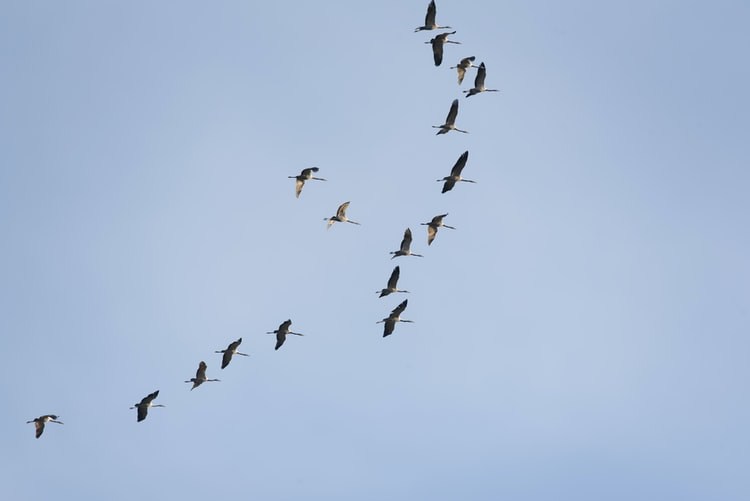Humans navigate with maps and instruments. How animals sense the earth’s magnetic field in order to navigate through the air, land and sea is a question that has fascinated nature lovers and scientists for decades but has remained a mystery. Until now.
In a new research paper in the prestigious journal Philosophical Transactions of the Royal Society B (Biological sciences), a team of four scientists from Tel-Hai Academic College (Israel), Aleph Laboratory, Oxford (UK), and the University of Central Florida (US) show that bacteria are present within animals, supporting the symbiotic magnetic sensing hypothesis.
The Royal Society was founded in 1660 to promote the new experimental philosophy of that time. Its journal is the world's longest running science journal and continues publishing papers on topics of current importance and general interest within the life sciences.
The ability of animals to sense the magnetic field is a known fact since 1972. However, unlike other senses - sight, hearing, smell, taste, and touch – it is a “sense without a sensor”. In their paper, the researchers suggest that bacteria sensed by the host animal may serve as the underlying mechanism behind the animals’ magnetic sense.
These magnetotactic bacteria are a group of bacteria that is characterized by having an “iron needle” which causes them to swim along the earth’s magnetic field (geomagnetic field). If animals host such bacteria, they may sense them and acquire a “magnetic sense” without having a magnetic sensor.
“The symbiotic magnetic sensing hypothesis is still a hypothesis,” Dr Yoni Vortman from Tel-Hai Academic College told The Brussels Times, “but in our paper we have collected support for the hypothesis. We are now in the middle of experimenting with several species of birds, testing whether antibiotics will affect their magnetic sense.”
The college is located in northern Israel, not far from the Hula Valley Center in the Hula Lake Park, which is a major migratory flyway and popular place for bird watching.
Using an existing public metagenomics database, the team found that a large proportion of existing animal samples have a wide range of magnetotactic bacteria present with different species of magnetotactic bacteria. For a given host, specific magnetotactic bacteria species are most commonly found.
Could the hypothesis be valid for different animals and not only for birds, especially for postal pigeons which are known to find their way?
“We think that it’s valid throughout the tree of life, from unicellular organisms (protists), through flatworms (planarian)s, to birds and reptiles,” he replied. “In fact, the first conclusive experimental support was recently published on protists, but this doesn’t mean that we know how it works for all types of organisms and animals.”
In addition, mammals such as bats and whales have more similar magnetotactic bacteria in their samples in comparison to penguins and sea turtles, increasing the possibility that these bacteria are symbiotic to their host and reducing the possibility that arbitrary environmental contamination is the cause of the presence of these magnetotactic bacteria.
According to some ornithologists, migratory birds follow fixed routes over land and coast lines when they come to large water surfaces. Birds learn their way by joining adult birds. Isn't this a simpler explanation?
Yoni Vortman admits that there are different navigation mechanisms in nature. Pigeons prefer a sun compass and are trained to find their way to distant destinations and to return to their loft.
“Orientation in space is never only magnetic. Birds have several orientation mechanisms which is logical if evolution has selected them for navigating across continents. One of them is a magnetic sense. We know that animals have this ability but the identity of the sensors remains elusive. We are suggesting that these bacteria serve as the magnetic sensor.”
In their research, Vortman and his colleagues found the genetic material of different magnetotactic bacteria in thousands of samples in different animals and organisms. “No-one found the bacteria before because no-one was looking for them,” he explains. “Our research aim is to show a direct link between magnetic sensing and bacteria in a variety of animals.”
While animals might have a magnetic sense, some people have gut feelings, an extrasensory feeling or intuition, with or without useful bacteria in the stomach.
M. Apelblat
The Brussels Times

